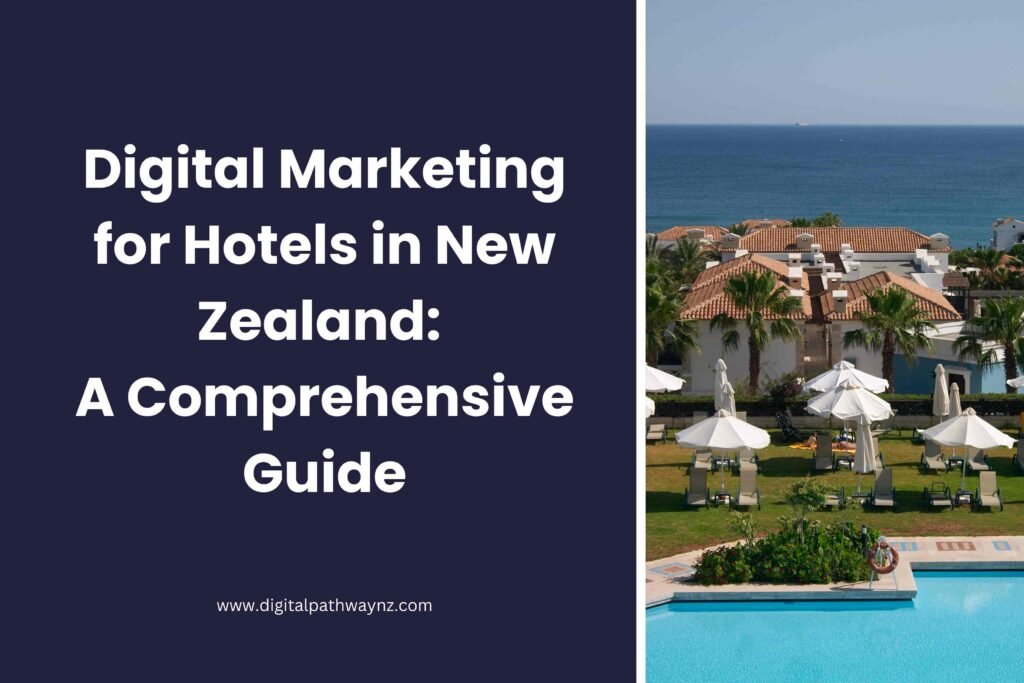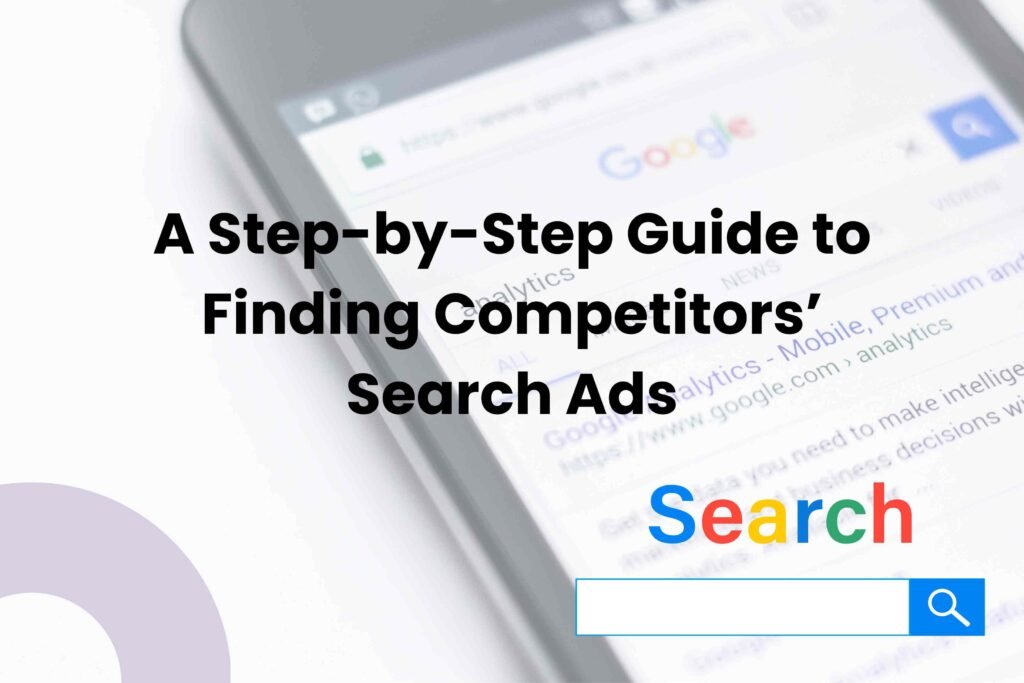Programmatic advertising has revolutionised the digital advertising landscape by automating the buying and selling of online ads. In New Zealand, where digital marketing continues to evolve rapidly, programmatic advertising has become a vital tool for businesses looking to reach their target audiences more effectively. This blog will dive into what programmatic advertising is, how it works, its importance, and best practices in New Zealand, supported by local examples.
What is Programmatic Advertising?
Programmatic advertising refers to the use of automated technology for media buying, as opposed to the traditional process that involves human negotiations and manual insertion orders. Essentially, it uses software and algorithms to purchase digital advertising space in real time, based on predefined criteria such as audience demographics, interests, and behaviours.
How Programmatic Advertising Works
Programmatic advertising involves a few key components:
- Demand-Side Platforms (DSPs): Advertisers use DSPs to bid on available ad impressions across multiple ad exchanges. These platforms provide advertisers with access to various inventory sources and allow them to target specific audiences.
- Supply-Side Platforms (SSPs): Publishers use SSPs to manage, sell, and optimise their available ad inventory. SSPs work in conjunction with DSPs to match the right ads with the right audiences.
- Ad Exchanges: These are digital marketplaces where SSPs and DSPs interact, allowing advertisers to buy ad impressions from a wide range of publishers in real time.
- Data Management Platforms (DMPs): DMPs collect and analyse data from various sources, helping advertisers refine their targeting strategies.
Importance of Programmatic Advertising
Programmatic advertising offers several benefits, making it a critical component of digital marketing strategies in New Zealand:
- Precision Targeting: Programmatic advertising allows advertisers to target specific audiences with precision, ensuring that ads are shown to the right people at the right time.
- Cost Efficiency: By automating the buying process, programmatic advertising reduces the time and resources needed to manage ad campaigns, leading to more cost-effective campaigns.
- Real-Time Optimisation: Advertisers can adjust their campaigns in real time based on performance data, allowing for continuous optimisation.
- Scalability: Programmatic advertising enables advertisers to scale their campaigns across multiple channels, including display, video, mobile, and social media.
Top Programmatic Advertising Platforms in New Zealand
In New Zealand, several platforms are widely used for programmatic advertising:
- Google Display Network (GDN): One of the most popular platforms, GDN allows advertisers to reach over 90% of internet users globally, including New Zealand.
- Facebook Ads: With its advanced targeting options, Facebook Ads is a key player in programmatic advertising, especially for reaching specific demographics and interest-based audiences.
- Adobe Advertising Cloud: A comprehensive platform that integrates DSP and SSP capabilities, Adobe Advertising Cloud is used by many New Zealand businesses for cross-channel programmatic campaigns.
- Trade Desk: Known for its advanced targeting and data integration features, Trade Desk is another powerful platform for programmatic advertising in New Zealand.
Best Practices for Programmatic Advertising in New Zealand
- Define Clear Objectives: Before launching a programmatic campaign, it’s crucial to define clear objectives. Whether it’s brand awareness, lead generation, or sales, having a clear goal will guide your strategy and help measure success.
- Leverage Data for Targeting: Use data-driven insights to refine your targeting. Consider demographics, interests, past behaviours, and even weather patterns, which can be particularly relevant in New Zealand’s changeable climate.
- Use A/B Testing: Continuously test different creatives, messaging, and targeting strategies to identify what works best. Programmatic platforms often allow for real-time adjustments, so use this feature to optimise campaigns on the go.
- Optimise for Mobile: With mobile usage on the rise in New Zealand, ensure your programmatic ads are optimised for mobile devices. This includes using mobile-friendly creatives and targeting mobile-specific behaviours.
- Monitor and Adjust: Regularly monitor the performance of your campaigns and be ready to make adjustments. Programmatic advertising allows for real-time optimisation, so use this to your advantage to maximise ROI.
Case Studies: Programmatic Advertising Success in New Zealand
1. ANZ Bank – Personalised Banking Experience
ANZ Bank used programmatic advertising to create a personalised banking experience for its customers. By leveraging data from its DMP, ANZ was able to target specific customer segments with relevant offers and messages, resulting in a significant increase in engagement and conversion rates.
2. Air New Zealand – Targeted Travel Campaigns
Air New Zealand implemented a programmatic advertising strategy to promote its flight deals. Using geotargeting and behavioural data, the airline was able to deliver personalised ads to potential travellers, increasing bookings and revenue.
3. Fonterra – Global Branding Campaign
Fonterra, a leading dairy co-operative, used programmatic advertising to drive its global branding campaign. By targeting specific markets with tailored messaging, Fonterra was able to increase brand awareness and market penetration in key regions.
Conclusion
Programmatic advertising is a powerful tool that offers unparalleled precision, efficiency, and scalability. For businesses in New Zealand, adopting programmatic strategies can lead to significant improvements in campaign performance and ROI. By following best practices and learning from successful case studies, New Zealand businesses can harness the full potential of programmatic advertising to achieve their marketing goals.





